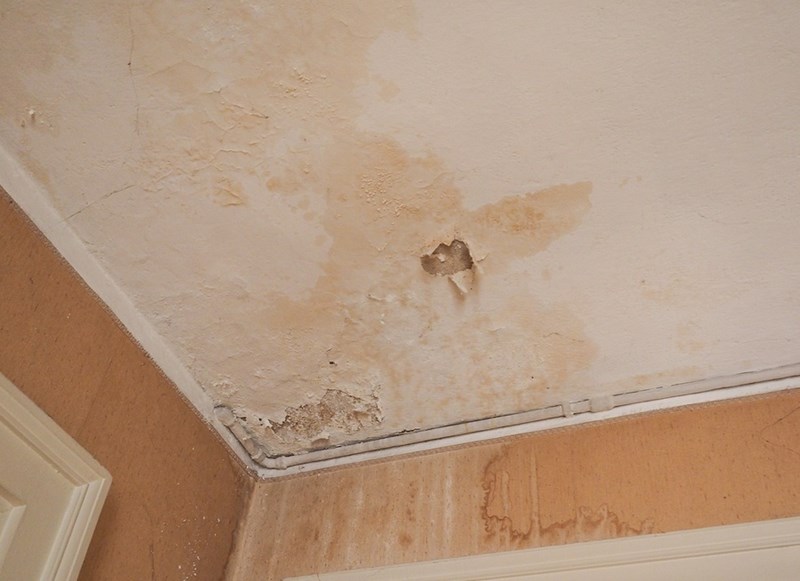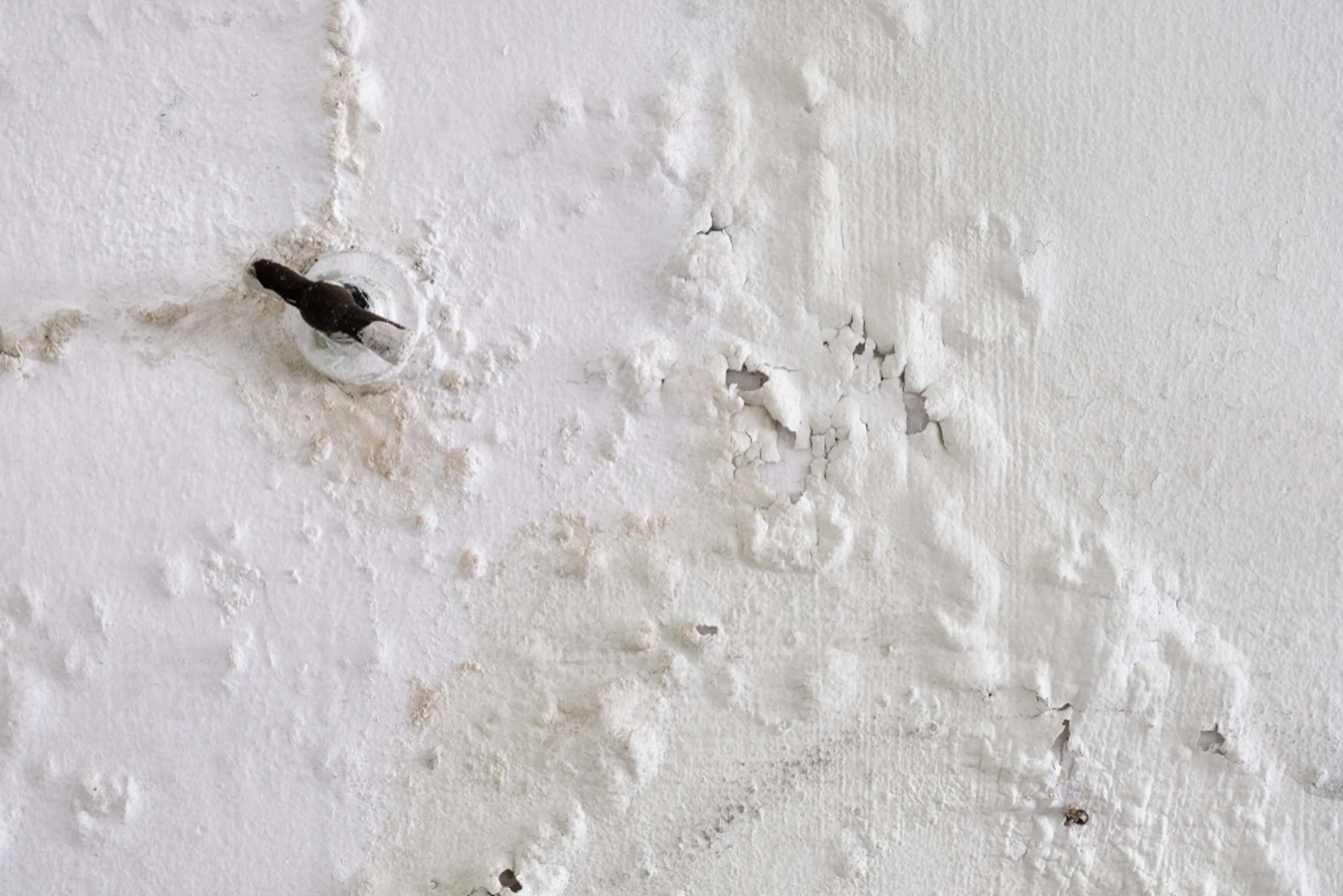Reliable Water Damage Cleanup Services to Restore Your Property Quickly
The Process of Water Damages Clean-up: Guaranteeing Your Home Is Brought Back Successfully
Water damages can be a challenging difficulty for home owners, demanding a thorough and structured cleanup procedure to recover safety and security and functionality. A detailed evaluation is crucial to identify the degree of the damage and establish the appropriate remediation steps. Following this, reliable water removal techniques play a crucial role in reducing further injury. Nonetheless, the subtleties of drying, sanitizing, and ultimate remediation are just as crucial and frequently overlooked. Comprehending these phases can make a significant distinction in the outcome of your home's remediation, motivating a closer take a look at what each step requires.
Assessing the Damage
Upon finding water damage, the primary step is to extensively analyze the degree of the effect. This first analysis is critical, as it helps establish the needed actions for reliable cleanup and reconstruction. Begin by checking the influenced areas, consisting of wall surfaces, ceilings, floorings, and individual belongings, to determine the resource of the water intrusion, whether from flooding, leaks, or condensation.
Documenting the damages is crucial for both insurance coverage cases and planning remediation initiatives - damage restoration services. Usage photos and written notes to record the severity of the damage, noting any affected architectural components and products. Pay unique attention to areas that may not be right away visible, such as behind wall surfaces and under carpets, as hidden dampness can result in further issues, consisting of mold development
Additionally, assess the timeline of the water exposure. Inevitably, a thorough evaluation lays the groundwork for an effective water damage cleanup process, ensuring that all influenced areas are addressed efficiently and thoroughly.
Water Extraction Strategies

Specialists commonly utilize submersible pumps for larger volumes of water, which can promptly minimize flooding in basements or various other impacted locations. For smaller amounts, wet/dry vacuums are usually made use of to extract recurring moisture from rugs and tough surfaces. Furthermore, making use of portable extractors permits targeted removal in confined rooms or areas with fragile products.
In instances of contaminated water, such as sewage or floodwater, progressed removal strategies might involve making use of biohazard devices to make certain security and conformity with health guidelines. High-powered extraction devices are crucial in reducing water retention in architectural materials, which can bring about mold growth and architectural damage otherwise addressed promptly.
Inevitably, the effectiveness of water extraction techniques plays a critical role in the overall success of the water damage cleanup process, preparing for subsequent remediation initiatives.
Drying and Dehumidification
As soon as standing water has actually been successfully drawn out, the next important phase in the water damages cleaning procedure is drying and dehumidification. This step is necessary to protect against additional damage and mold growth, which can occur within 24 to 48 hours in damp settings.
To achieve effective drying out, specialized tools such as industrial-grade air moving companies and dehumidifiers is employed. Air moving companies flow air throughout damp surfaces, boosting evaporation rates, while dehumidifiers decrease moisture levels Visit This Link in the air, advertising a helpful atmosphere for drying out. The mix of these tools ensures that dampness is extracted from walls, floorings, and furnishings, allowing them to completely dry thoroughly.
It is necessary to check the drying process very closely. Specialists often use moisture meters to assess the wetness web content in numerous materials, making sure that all influenced locations reach acceptable dryness levels. This thorough method assists to stop covert wetness pockets that might cause architectural damage or harmful mold and mildew development.

Cleansing and Disinfecting
After the drying out and dehumidification stage is full, the next essential action in water damages clean-up is cleaning up and sterilizing the affected locations. This procedure is essential to stop the growth of mold and mildew, microorganisms, and other pathogens that flourish in wet settings.
The cleansing stage commonly includes eliminating any type of debris, dirt, and pollutants from surfaces using specialized cleaning representatives. For difficult surfaces, a combination of soap and water or industrial cleaning products is usually utilized. Soft materials, such as furniture and carpets, may call for extra substantial cleaning approaches, including vapor cleansing or deep extraction strategies, to ensure thorough cleanliness.

Sterilizing complies with cleansing, using EPA-approved disinfectants to remove unsafe microorganisms. This step is necessary, particularly in locations that might have entered into contact with floodwaters or sewage, as these sources can present major health and wellness risks.
Additionally, it is very important to address any kind of remaining odors, which might call for making use of odor neutralizers or sophisticated methods like ozone treatment. Appropriate cleaning and sanitizing not just bring back the security and health of your home however likewise lay the foundation for successful restoration and fixings in succeeding phases of the water damages clean-up procedure.
Remediation and Repair Services

Once the evaluation is complete, restoration efforts can start. In addition, floor covering might call for similar interest, depending on the level of water exposure.
It is essential to involve skilled repair experts during this procedure, as they have the proficiency to take care of complex repair services effectively. Moreover, they can aid reduce prospective future issues, such as mold development or architectural instability, hence making certain a habitable and risk-free living atmosphere. Eventually, effective restoration and repairs bring back the home's integrity and boost its general value.
Verdict
Finally, the procedure of water damage cleaning is vital for recovering a home to its pre-damage condition. Each stage, from assessing the damages to applying effective water removal techniques, followed by extensive drying out, disinfecting, and necessary repair services, plays a necessary function in guaranteeing safety and compliance with structure standards. Effective execution of these steps not just alleviates immediate damage yet likewise improves the long-lasting integrity and value of the building.
Water damage can be a difficult obstacle for look at this web-site homeowners, necessitating a structured and careful clean-up procedure to bring back security and capability. Eventually, a comprehensive analysis lays the groundwork for an effective water damage cleaning procedure, making certain that all influenced areas are dealt with successfully and completely.
Reliable water extraction techniques are necessary in reducing damages and preventing additional problems complying with a water breach event.In final thought, the procedure of water damages clean-up is critical for restoring a home to its pre-damage problem. Each stage, from examining the damage to applying effective water extraction methods, followed by extensive drying out, disinfecting, and necessary repair work, plays an essential role in making certain safety and conformity with building requirements.